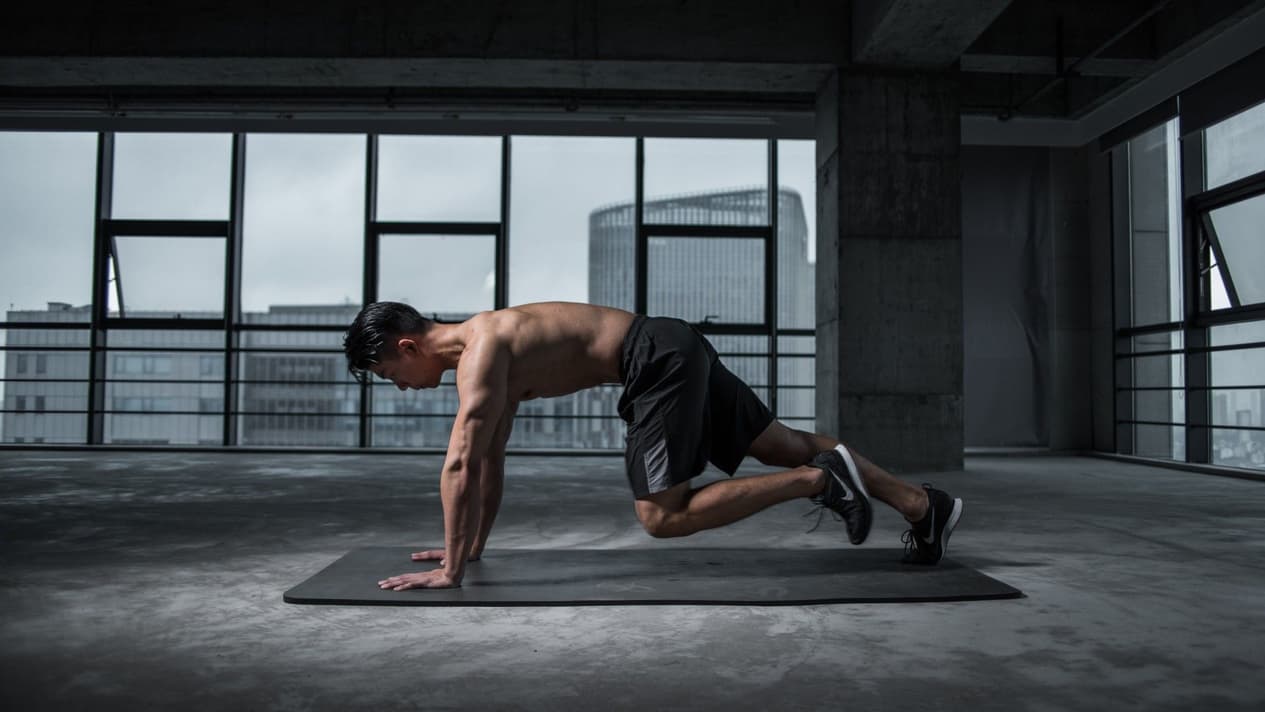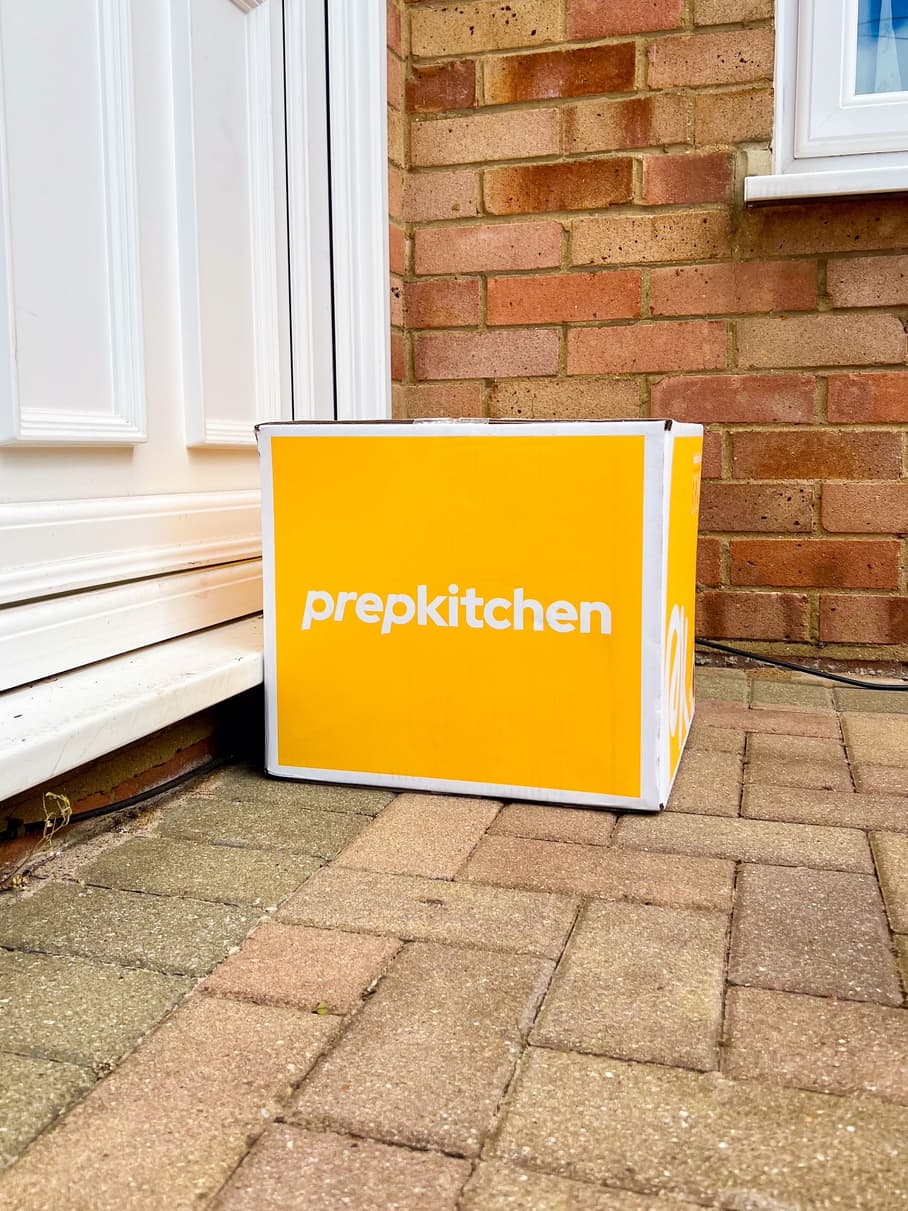If we stick to our diet and exercise plan. we should all get to a point in our weight loss journey where we start to lose weight.
At this point, it's important to remember that the weight we're losing may not all be fat as our bodies are made up of fat, muscle, bone, water and more!
So, when we weigh ourselves, how do we know that it's body fat we're losing and not water or muscle? Am I losing weight or am I losing fat? Let's find out more...
What's the difference between weight loss and fat loss?
Aside from water, three main things make up our body weight: muscle, bones and fat. We don't want to lose muscle because muscle helps us burn fat, and we don't want to lose bone, especially as we age. We want to lose fat!
But the weight we're shedding can be made up of fat loss; water that's been lost or not replenished and muscle. It can also include the amount of food lost by not having food in the stomach. Put simply, weight loss is the decrease in overall body weight and though it can contain body fat, it is the sum of all weight lost from the body.
Fat loss is specifically the amount of body fat lost from the body - and this is what we want to achieve, so when we say we're trying to lose 'weight'- what we (should) mean is, that we want to lose fat.
Essential body fat versus non-essential body fat
Of course, some fat is necessary for good health. Essential body fat is the fat found within the body that is essential to the normal structure and optimal function of the body- we need essential body fat.
Non-essential body fat is fat in the body that we don't need. This is the fat stored in adipose tissue, also known as storage fat. Non-essential fat is what we want to lose during fat loss.
What is water weight?
If you've ever started a weight loss programme, or know of someone who has, you'll notice that the first week will typically show rapid weight loss. More often than not this is water weight (1,2).
When you cut calories, particularly calories from carbohydrates, your body starts to use up its supplies of glycogen, a carb that is stored in water. Losing that glycogen and the accompanying fluid can result in notable weight loss. After this first week when the water weight comes off, you'll start to see weight loss occur at a slower rate.
The benefit of muscle with health and fat loss
Losing water weight should eventually stabilise, but if we start to lose muscle this can be harmful. Muscle is precious and is a crucial component of your overall health. We want to preserve as much muscle as possible and lose body fat.
Maintaining a healthy percentage of muscle has several benefits:
How to lose fat, not muscle
1. Eat plenty of protein
Protein is important for maintaining the muscle you have and supporting new muscle growth, especially when trying to lose weight. When we eat plenty of protein on a reduced-calorie diet without weight training, we may not gain muscle, but we can maintain our muscles while increasing fat loss. Proteins repair damaged tissue, strengthen your bones, curb hunger, and relieve muscle pain (4,5).
Muscle loss often happens if you focus solely on calorie decrease. Of course, reducing your calorie intake is a basic requirement for weight loss, but it shouldn't be your only goal, or you risk losing your muscle mass. Read our blog to find out how much protein you need to build muscle.
Calorie restriction often implies macronutrient restriction. Without enough protein in your diet, your body can't rebuild the tissue even if you are strength training. Also, the amount of muscles directly impacts your metabolism. Less muscle causes lower BMR which means a lower calorie burn throughout your day.
Check out our high-protein, healthy Muscle Gain plans.
2. Exercise
The goal with fat loss is maximum lipolysis, the biological process of breaking down fat lipids and triglycerides in either the food you consume or that are already stored in your body. This mostly occurs in the mitochondria of the muscles, hence why the more muscle mass you have, the more fat you burn. Exercise is considered to be able to regulate those lipolytic enzymes and improve mitochondria function, which is why working out helps burn fat.
Exercise is the best way of burning fat without losing muscle, and combining exercise with a high-protein diet can help optimize results (6,7).
A study with older obese adults who engaged in cardio and weight training at least 3 times per week while following a calorie-restricted diet retained 93% more of their muscle than those who did not exercise (8).
3. Moderate calorie deficit
A calorie deficit is the best way to lose weight- consuming fewer calories than you take in. Reducing portion sizes and tracking your calories can help you achieve a calorie deficit.
We can get too ambitious when we begin our weight loss journeys that we may end up cutting our calories dramatically. This can lead to a greater loss of muscle and not fat. Also, this is not sustainable. Weight loss must be sustainable and rapid weight loss can have serious health consequences such as heart disease and secondary diabetes. Rapid weight loss can also be responsible for losing lean body mass, even if you are doing weight training.
It is recommended to cut your calories by 500-600 calories per day to minimize muscle loss while still achieving fat loss.
Ways to measure fat loss
Our go-to when looking at tracking our weight loss is with scales. While this can be helpful, most scales can't differentiate between muscle or fat loss. Therefore, the use of scales shouldn't be the only tool we use to track our weight loss.
Bioelectrical Impedance Scale
There are scales available that can more accurately provide details of your body composition by measuring the fat and muscle percentage in your body. This is helpful because it can show you what percentage of your weight loss is from fat or muscle.
Bioelectrical Impedance Scales measures body composition by sending a low, safe electrical current through the body. The current passes freely through the fluids contained in muscle tissue but encounters difficulty/resistance when it passes through fat. This resistance of the fat tissue to the current is termed 'bioelectrical impedance' and is accurately measured by body fat scales.
These scales can give you a more accurate picture of whether you are losing fat and gaining muscle or not.
Tracking Your Measurements
Taking your body measurements is a great way of tracking your fat loss, and can really shine a light on those days when the scales are giving you the numbers you feel you deserve. We've all been there, exercising extremely hard and sticking tightly to your calories only to see no shift in the scales, or even worse, the numbers going up.
Measurements should be taken at the same time every day, ideally in the morning, and under the same conditions.
Take a circumference measurement at each of these spots:
Yuhasz Skinfold Test
The Yuhasz Skinfold test, also known as the Skinfold Calliper test, estimates body fat level by the measurement of skinfold thickness. Taking skinfold measurements is a common method for determining body fat composition. Callipers are used to measure the thickness of the skin at a range of sites around the body. For consistency, the right side is usually only measured. The tester pinches the skin at the appropriate site to raise a double layer of skin and the underlying adipose tissue, but not the muscle. The callipers are then applied 1 cm below and at right angles to the pinch, and a reading in millimetres (mm) is taken. The mean of two measurements should be taken. If the two measurements differ greatly, a third should then be done, then the median value taken.
Measurements should be taken from these spots:
Note: Consult a physician, personal trainer or health practitioner if you want an accurate test to be conducted on you, or need help with applying this test.
Visual Assessments
Visual progress assessments are very helpful tools for measuring your progress. This can include old photos, before and after photos, and even videos of yourself. Sometimes we forget it's also based on how we look and feel, especially when we can use old clothes as a way of measuring progress! And in today's day and age, we're never far away from a camera or cell phone.
Summary
Fat loss is what we want to achieve when we speak of losing weight. Weight loss is a sum of all that we lose, and though this can include body fat loss, it can also include water and muscle. Muscle is a crucial component of our overall health with several health benefits and we want to preserve as much muscle as possible when trying to lose fat. Focus on losing the fat! Scales can be used as a guide, but should not be the only tool we use to measure fat loss; Bioelectrical impedance scales, body measurements, skinfold tests and visual assessments should be considered especially when looking at losing fat!
If you enjoyed this article, read these other related articles on our blog:
How to lose weight and keep it off




